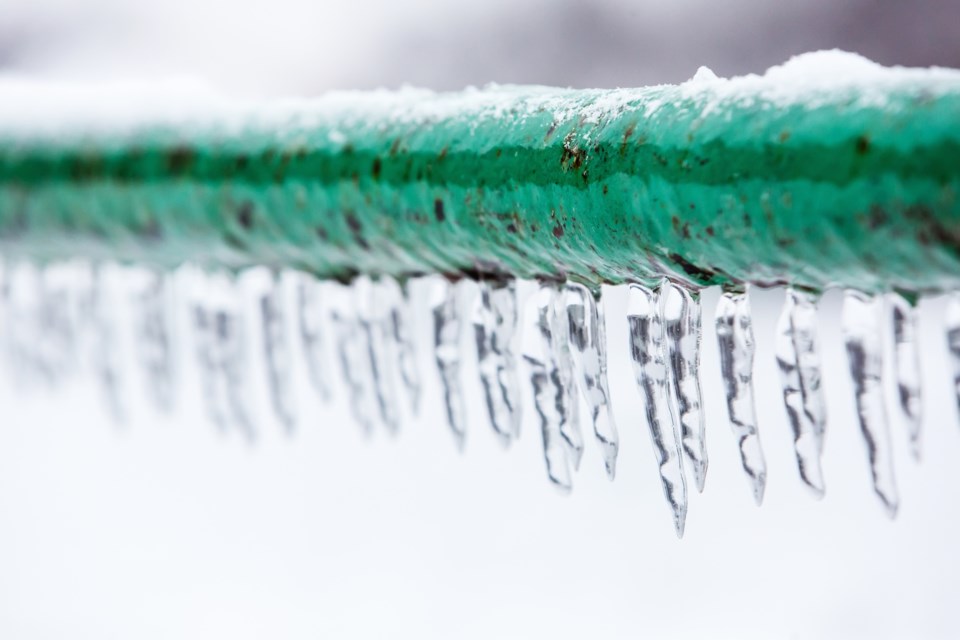NEWS RELEASE
RELIANCE YANCH HOME COMFORT
*************************
Canada may feel like it’s in a relentless deep freeze from December through March, but that’s not actually the case.
Most cities will experience temperature swings throughout the winter known as the freeze-thaw cycle, and while many of us embrace the brief respite from the cold, our homes — and particularly our plumbing — are a different story.
Water molecules expand when they freeze putting tremendous pressure on pipes and other water lines often causing them to freeze or burst. The trouble is homeowners often won’t detect a damaged pipe until the weather warms up and all that melted water begins draining out of the leak.
To safeguard your plumbing during the freeze-thaw cycle, Lina Alviar, regional operations manager at Reliance, is pleased to provide the following information:
How to Prevent Frozen Pipes
Drip your faucets during the coldest days of the year to keep water moving so it doesn’t turn to ice. Insulating your pipes with specialized heat tape or a pipe sleeve can also prevent your pipes from freezing.
How to Spot a Frozen Pipe
The first sign there might be a problem is that your plumbing fixtures aren’t functioning properly. If your faucets don’t flow and your toilet bowl doesn’t refill, there’s a good chance your pipes could be frozen.
What to Do if Your Pipes Burst
Start by cutting off the main water supply using the water shut-off valve. Next, sop up and dry as much of the moisture as possible to prevent harmful mold from creeping in. Finally, call for a professional to assess your plumbing and in the case of major damage, contact your insurance company.
Warming up and cooling back down is just part of winter in Ontario. Fortunately, a few small steps can make a big difference when it comes to protecting your home’s plumbing during the freeze-thaw cycle.
************************



